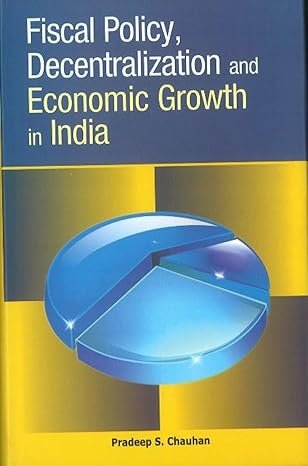

 The passage of the Constitution (Seventy-third Amendment) Act, 1992 marked a watershed in the history of modern India. With this amendment, a uniform structure of panchayats emerged throughout the country. Similarly, the passage of the Constitution (Seventy- fourth Amendment) Act, 1992 was a landmark in the history of municipal administration in India. Resultantly, panchayats and municipalities are now constitutional bodies forming third tier to the federal polity of India. This decentralisation initiative poses challenges and offers opportunities.
The passage of the Constitution (Seventy-third Amendment) Act, 1992 marked a watershed in the history of modern India. With this amendment, a uniform structure of panchayats emerged throughout the country. Similarly, the passage of the Constitution (Seventy- fourth Amendment) Act, 1992 was a landmark in the history of municipal administration in India. Resultantly, panchayats and municipalities are now constitutional bodies forming third tier to the federal polity of India. This decentralisation initiative poses challenges and offers opportunities.